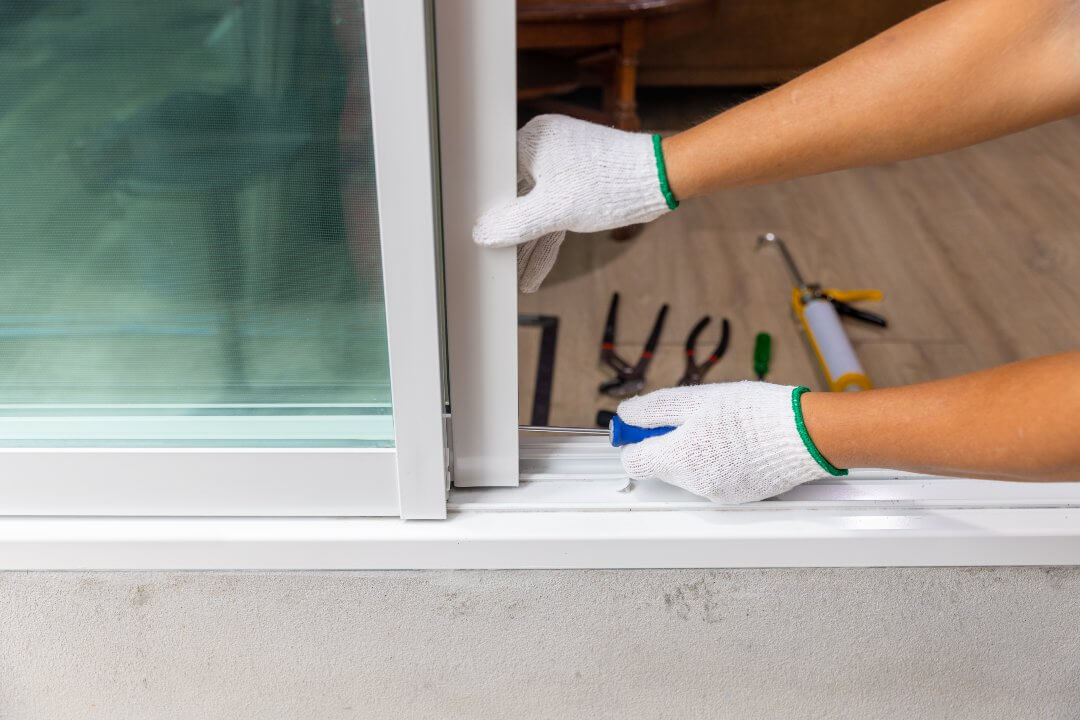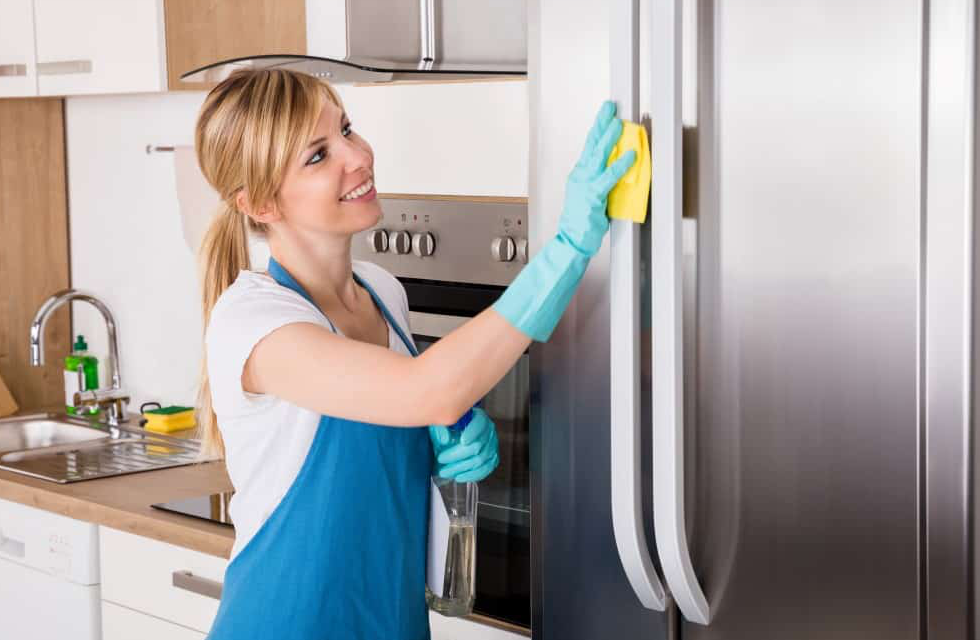Sliding glass doors add beauty and natural light to your home, but over time, dust, dirt, and debris can make them difficult to open or close. Regular cleaning and lubrication keep your sliding doors gliding smoothly and extend their lifespan. In this guide, you’ll learn both the thorough cleaning method and the quick maintenance method for sliding glass doors.
Why You Should Clean and Lubricate Your Sliding Glass Door
A clean and lubricated track prevents your door from jamming, reduces wear on rollers, and makes opening and closing effortless. Neglecting this maintenance can cause:
-
Grinding noises when sliding
-
Damaged rollers and tracks
-
Higher repair costs in the long run
Cleaning your sliding door track once or twice a year can prevent these issues and keep your door moving like new.
Method 1: The Thorough Way
If your door hasn’t been cleaned in a while, this step-by-step deep cleaning process will make it glide effortlessly again.
Step 1: Remove Curtains or Blinds
Take off any drapes, blinds, or window coverings so you can easily access the entire door.
Step 2: Remove the Sliding Door
Grasp both ends of the door and push it upward until the bottom rollers clear the track. If necessary, loosen the adjustment screws at the bottom using a screwdriver. Carefully pull the door toward you and lift it out of the frame.
Step 3: Place the Door on Sawhorses
Set the door on two sawhorses to clean the rollers easily.
Step 4: Clean the Rollers
Use a wire brush to remove dust, hair, and debris from the rollers. Follow up by vacuuming the loosened dirt to ensure a clean surface.
Step 5: Lubricate the Rollers
Spray or apply a non-stick silicone lubricant to the rollers. Avoid oil-based lubricants, as they attract dust and grime.
Step 6: Clean the Door Track
Vacuum the top and bottom tracks thoroughly, then wipe them clean with a damp cloth to remove any remaining dirt or residue.
Step 7: Lubricate the Track
Apply a small amount of silicone lubricant evenly along both tracks. This ensures smooth movement when reinstalling the door.
Step 8: Reinstall the Sliding Door
Lift the door back into place by inserting the top into the upper track first. Then, push upward so the rollers clear the bottom threshold and drop the door back into position. Retighten any screws you loosened earlier.
Step 9: Test the Door
Slide the door back and forth several times to distribute the lubricant and confirm that it moves freely.
Method 2: The Quick Way
If your door just needs a quick refresh, this faster cleaning method can restore smooth movement in minutes.
Step 1: Vacuum the Track
While the door is closed, use a narrow vacuum attachment to remove loose dirt and debris from the visible part of the track.
Step 2: Open the Door Fully
Slide the door open and vacuum the other side of the track as well.
Step 3: Scrape Stubborn Dirt
Use a flat-blade screwdriver or a small brush to scrape out any grime stuck in the corners or edges.
Step 4: Lubricate the Track
Dip an old rag in non-stick silicone lubricant and apply it generously along both tracks. Avoid WD-40, as it attracts dust and can make things worse over time.
Step 5: Move the Door
Slide the door open and shut repeatedly to spread the lubricant evenly. Continue until the movement feels smooth and effortless.
Tips for Maintaining Your Sliding Glass Door
-
Clean your door tracks at least twice a year for best results.
-
Use non-stick silicone lubricants only—avoid grease or oil.
-
Keep curtains and blinds clean to prevent dust buildup near the tracks.
-
If the door still sticks, check the rollers for damage or misalignment.
Conclusion
With just a little effort and regular upkeep, your sliding glass door will remain easy to operate for years. Whether you go for the full deep-clean or the quick fix, maintaining a clean track and properly lubricated rollers is the key to a smoothly gliding door.



